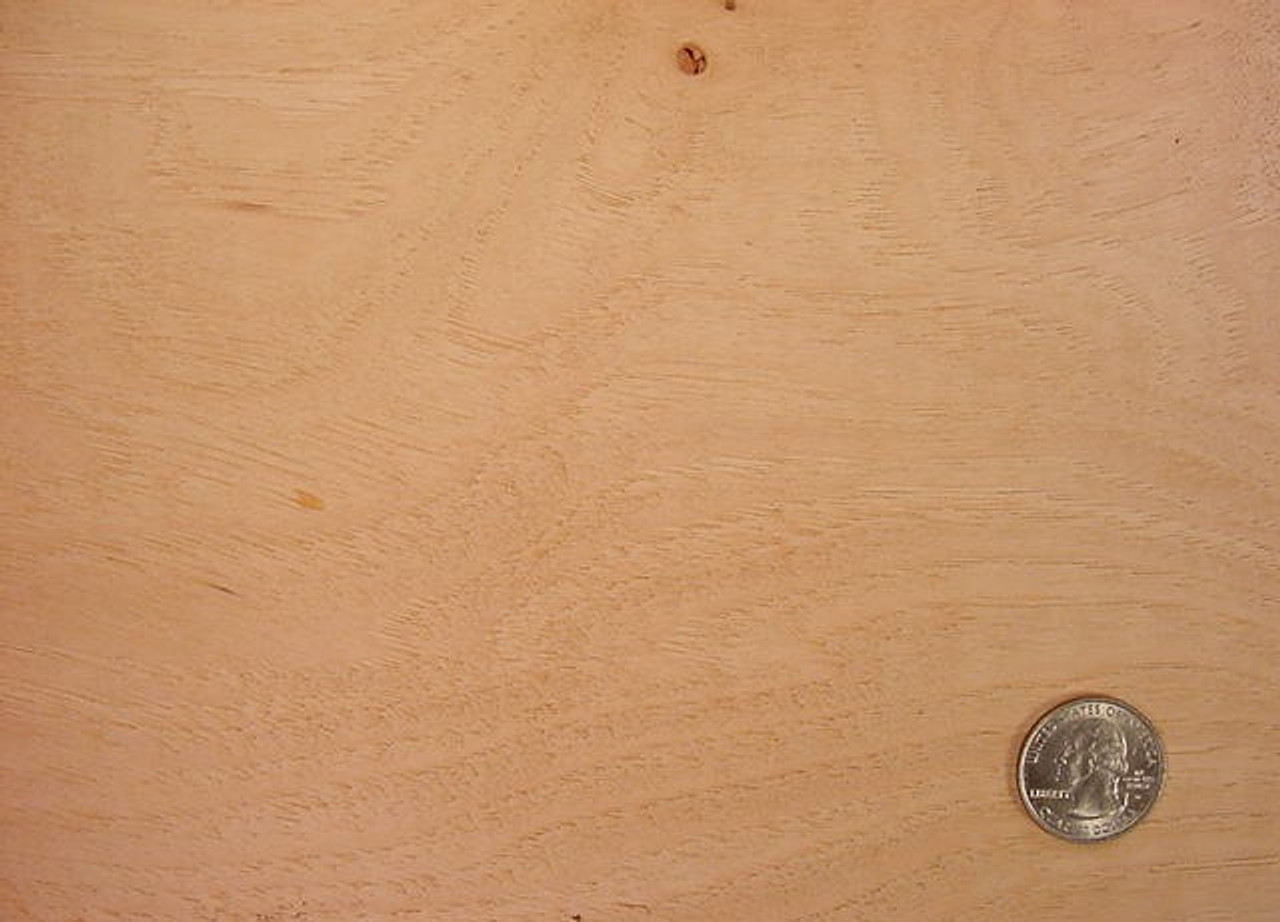Product Description
LUMBER SURFACED ON 2 SIDES SOLD BY THE SQ FOOT
SHIPPED RANDOM WIDTHS AND LENGTHS 1' TO 3' LENGTHS
Shagbark Hickory (Carya ovata)
Common Name(s): Shagbark Hickory
Scientific Name: Carya ovata
Distribution: Eastern United States
Tree Size: 65-100 ft (20-30 m) tall, 1-2 ft (.3-.6 m) trunk diameter
Average Dried Weight: 50 lbs/ft3 (800 kg/m3)
Specific Gravity (Basic, 12% MC): .64, .80
Janka Hardness: 1,880 lbf (8,360 N)
Modulus of Rupture: 20,200 lbf/in2 (139.3 MPa)
Elastic Modulus: 2,160,000 lbf/in2 (14.90 GPa)
Crushing Strength: 9,210 lbf/in2 (63.5 MPa)
Shrinkage: Radial: 7.0%, Tangential: 10.5%, Volumetric: 16.7%, T/R Ratio: 1.5
Color/Appearance: Heartwood tends to be light to medium brown, with a reddish hue; sapwood is a paler yellowish brown.
Grain/Texture: Grain is usually straight, though occasionally wavy, with a medium texture.
Endgrain: Ring-porous; large to very large earlywood pores in a single intermittent row, medium to small latewood pores solitary and radial multiples of 2-3, few; tyloses common; parenchyma reticulate (bands absent from earlywood row in true hickory group, but present in pecan hickory group); narrow rays, close spacing.
Rot Resistance: Considered to be non-durable to perishable regarding heartwood decay, and also very susceptible to insect attack.
Workability: Difficult to work, with tearout being common during machining operations if cutting edges are not kept sharp; the wood tends to blunt cutting edges. Glues, stains, and finishes well. Responds well to steam bending.
Odor: No characteristic odor.
Allergies/Toxicity: There have been no adverse health effects associated with Shagbark Hickory. See the articles Wood Allergies and Toxicity and Wood Dust Safety for more information.
Pricing/Availability: Various species of Hickory and Pecan (Carya genus) are typically mixed together and simply sold as Hickory. Prices are usually in the low to mid range, depending upon local availability. Hickory prices should compare similarly to other utility hardwoods such as Red Oak or Soft Maple.
Sustainability: This wood species is not listed in the CITES Appendices or on the IUCN Red List of Threatened Species.
Common Uses: Tool handles, ladder rungs, wheel spokes, flooring, etc.
Comments: Hickory is among the hardest and strongest of woods native to the United States. On average, Hickory is denser, stiffer, and harder than either White Oak or Hard Maple. The wood is commonly used where strength or shock-resistance is important. Shagbark Hickory falls into the True-Hickory grouping, and is considered to be a ring-porous wood. The strength characteristics of Hickory are influenced considerably by the spacing of its growth rings. In general, wood from faster-growing trees, with wider spaced growth rings, tends to be harder, heavier, and stronger than wood from slower-growing trees that have rings which are closer together. In addition to strength and hardness applications, the wood of Carya species also has a very high thermal energy content when burned, and is sometimes used as fuelwood for wood stoves. Additionally, Hickory is also used as charcoal in cooking meat, with the smoke imparting additional flavor to the food.










